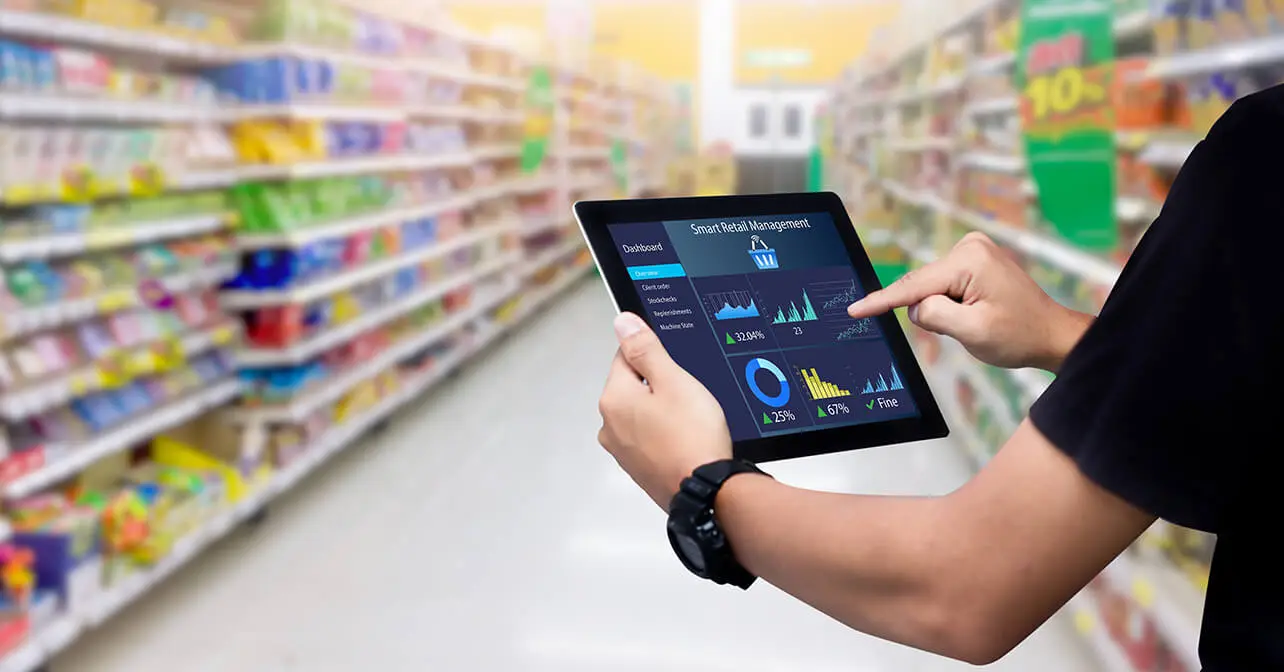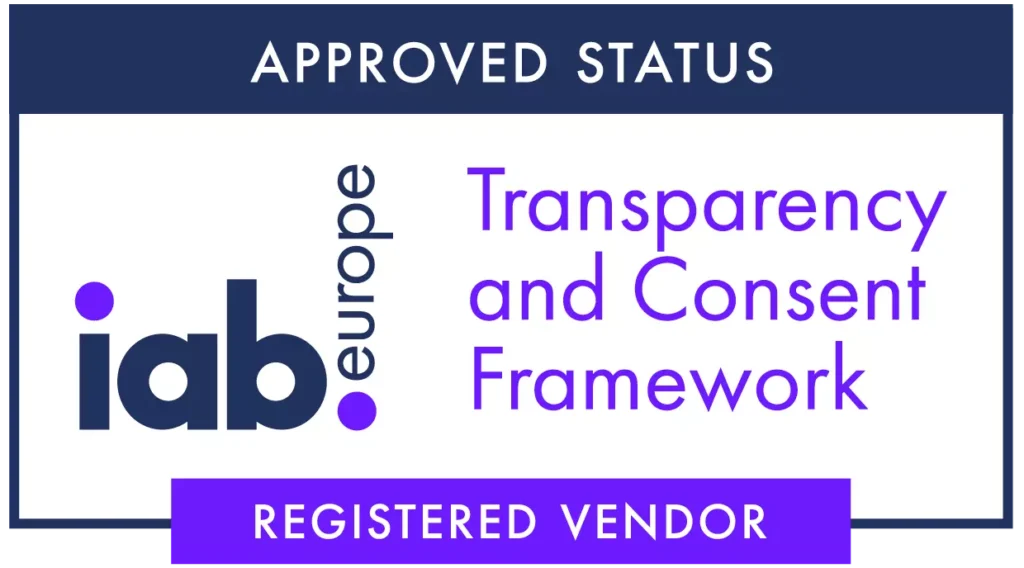The retail industry has always been quick to evolve with changing consumer behavior and preferences. And as it continues to evolve, it is becoming crucial that retailers make data-driven decisions to stay ahead of emerging trends and competition. Using retail data analytics is crucial if retailers want to be able to forecast demand, gain a deeper understanding of their consumers and provide personalized consumer experiences. In this blog, we will understand what retail data analytics is, its benefits, and more.
What is Retail Data Analytics?
Retail data analytics is the process of collecting, analyzing, and interpreting data related to a retail business’s operations, performance, and customers. The goal of retail data analytics is to gain insights into consumer behavior, sales patterns, and other key performance indicators (KPIs) to make data-driven decisions that can improve profitability and customer satisfaction.
Retail data analytics involves collecting a variety of data, including:
- Customer data: such as demographics, purchase history, and loyalty program information
- Transactional data: such as sales volumes, revenue, and profit margins
- Inventory data: such as stock levels, product performance, and returns
- External data: such as competitor pricing, industry trends, and economic indicators
- Location data: home/work locations of customers, movement patterns within the store, average dwell time
The collected data is then analyzed using various techniques such as statistical analysis, data visualization, and machine learning to identify patterns and trends that can be used to inform business decisions. For example, retail data analytics can be used to identify which products are popular among certain customer segments, which products are most profitable, which stores have the highest foot traffic, and which marketing campaigns are most effective.
Consumer Behavior Data and Location Intelligence
Retail data analytics powered by consumer behavior data and location intelligence can be a powerful tool for retailers. The insights can be used to understand not only who the customer is but also where else they prefer to shop, how far they travel to shop at your store, etc. Retail data analytics with location intelligence can help retailers make better operational decisions. For example, a retailer can use location intelligence to identify up-and-coming neighborhoods, understand the profile of residents in the area and analyze competitors in the vicinity to reduce risk in site selection for a new store location.
Benefits of Retail Data Analytics
Here are 5 key benefits of insights from consumer behavior data and location intelligence:
1. Improving Customer Experience
By analyzing consumer behavior data, retailers can gain insights into their customer’s buying behavior, preferences, and more. These insights can be used to optimize store layouts, product assortments, and promotions, helping to improve the overall customer experience. Location intelligence can also play a key role in this process, helping businesses identify high-traffic areas and potential new store locations that can better serve their customers. For example, store owners can identify spots with high dwell times to place best-selling products or market new products.
2. Personalized Marketing
Retail data analytics can also help companies deliver more personalized marketing campaigns. By analyzing consumer behavior data, companies can identify trends and patterns in their customers’ purchasing behaviors, allowing them to create targeted marketing campaigns that resonate with their customers. Location intelligence can also enable retailers to target highly specific and curated audience segments based on their home location or visitation history at the store. Retailers can retarget audiences that have seen outdoor advertisements on their mobile phones with this technology. Location intelligence can also help businesses create targeted campaigns based on the specific demographics and interests of customers in different regions, helping to improve engagement and conversion rates.
3. Inventory Optimization
Another key benefit of retail data analytics is inventory optimization. By analyzing consumer behavior data, retail companies can gain insights into which products are selling well and which ones are not, helping them make data-driven decisions around inventory levels and ordering. Location intelligence can also help businesses identify high-traffic areas and demand patterns, allowing them to optimize inventory levels and avoid stockouts or overstocks.
4. Competitive Advantage
By analyzing consumer behavior data and location intelligence, companies can identify new opportunities for growth and expansion, as well as potential threats from competitors. This information can help businesses stay ahead of the competition, identify new markets to enter, and optimize pricing and promotional strategies to stay competitive in the market. For example, retailers can get answers to key questions like who visits competitors’ stores, if a same-brand store is leading to the cannibalization of an existing store or visualize and compare the mobile trade area of a competitor store located nearby.
5. Operational Efficiency
Finally, retail data analytics can help businesses improve operational efficiency. By analyzing consumer behavior data, companies can identify areas where they can streamline operations, reduce costs, and improve productivity. Location intelligence can also help businesses optimize store layouts and supply chain logistics, improving operational efficiency and reducing costs. Retailers can analyze the route taken by visitors to the store and identify any potential choke points or understand changes in visitor activity and dwell time.
Challenges to the Effective Use of Retail Data Analytics
One of the primary challenges to the effective use of retail data analytics is the sheer volume and complexity of the data. Retailers generate massive amounts of data, from sales data to customer data to inventory data. Merging and analyzing this data requires sophisticated tools and techniques, including machine learning and artificial intelligence algorithms.
Another challenge in retail data analytics is data quality. First-party data might have errors, be outdated, or be hard to access due to data silos. Second and third-party data quality may also vary significantly based on the partner. To make accurate data-driven decisions, retailers must ensure that their data is accurate, complete, and consistent. This requires rigorous data quality management practices, such as data cleansing, data validation, and data enrichment.
In conclusion, retail data analytics using consumer behavior data and location intelligence can provide a wide range of benefits for retail companies. With the right data tools and expertise, businesses can harness the power of retail data analytics to drive growth, improve profitability, and stay ahead of the competition in the ever-evolving retail landscape.
Learn more about Azira’s solution for retailers or sign up for a demo!





